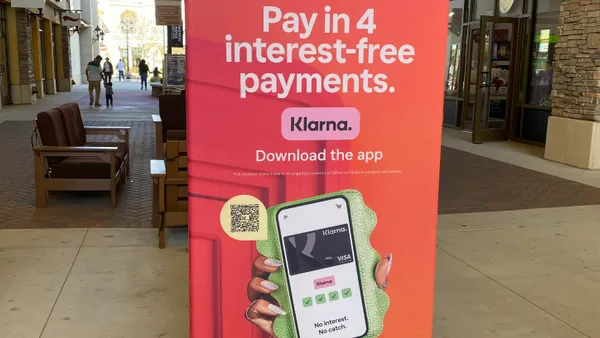Jeff Tassey is chairman of the Electronic Payments Coalition, a trade group for the electronic payments industry, representing credit unions, community banks, payment card networks, financial institutions, and their trade associations.
Recently, Doug Kantor, the general counsel for the National Association of Convenience Stores, published an op-ed claiming the debit card payment system for online purchases is broken and urged the Federal Reserve to step in and fix it. His proposed solution: a further expansion of the Durbin Amendment’s government mandated routing requirements.
Let’s set the record straight: Pursuing such a policy would be a disaster for consumers and small businesses, resulting in higher prices for consumers, reduced banking services, fewer customer rewards programs, and less secure payment networks. This isn’t speculation—we now have a decade of data and analysis documenting the harm that the Durbin Amendment has inflicted on our economy.
In his op-ed, Kantor makes several faulty claims about interchange as well as credit and debit routing, which are consistently repeated by big-box retailers and their allies in Congress. Let’s take a moment to lay out the facts.
Kantor makes the outrageous claim that, “credit and debit card swipe fees are most merchant’s highest expense after labor.” This is a patently false assertion, exemplified by an October 2020 sample case study conducted by the Small Business Development Center Network, reporting that credit card service charges comprise 1.2% of a typical convenience store’s total sales. In addition to the cost of goods sold (71.5% of total sales), other non-payroll costs larger than credit card fees include loan interest (4.8%), utilities (2.3%), and depreciation (2.05%). Moreover, the study assumes an aggressive 3% charge for credit card transactions, which is significantly higher than the national average fee of 2.17% (per Nilson data).
Kantor goes on to claim that “U.S. swipe fees are among the highest in the industrialized world.” The truth is that the full amount retailers pay to accept payments in the U.S. compares favorably to rates globally. The total cost of acceptance, including interchange, acquirer fees, and other elements — collectively referred to as the Merchant Discount Rate (MDR) — is similar to the costs experienced abroad. According to Nilson, the U.S. MDR for credit cards was 2.17 percent in 2020, only slightly higher than the 1.96 percent for similar countries, meaning those that do not impose price controls. Additionally, contrasting the U.S. rate with that of European countries, where severe interchange price controls have been imposed, is an apples-and-oranges comparison. While it is, of course, true that interchange is substantially lower in these countries, there are massive consequences for doing so — specifically, major reductions in electronic payments innovation, security, and consumer rewards. Comparing prices in a market-based system with those in a system constrained by price controls is misleading and fails to capture the full picture.
Kantor also claims that “70 percent of the savings [from debit routing requirements] has been passed on to consumers.” This 70 percent statistic is pulled from a single white paper written by Economist Robert Shapiro in 2013 and sponsored by merchants. The study relies on several faulty assumptions and methodological shortcomings that render its conclusions regarding consumer savings unreliable. First, the white paper relies heavily upon a separate, even older study published in 2009 on manufacturer trade promotions to reach its 70 percent savings pass-through assumption, which among other things, totally ignores the fact that payment cards are a two sided market. This 2009 study makes no mention of interchange and provides no evidence of merchants passing on savings from lower interchange fees.
A more recent 2014 study conducted by the Federal Reserve Bank of Richmond contains compelling and directly-relevant data regarding the minimal extent to which merchants pass interchange savings along to consumers. Specifically, the Richmond Fed surveyed a diverse set of merchants and found that more than three-fourths of the sample did not change their prices after the Durbin Amendment was implemented. In fact, according to the study, nearly one in four merchants have increased prices since the Durbin Amendment took effect — while just one percent of merchants reduced prices after the regulation was implemented. Other independent research corroborates the Richmond Fed’s findings.
Kantor may argue that the card payment market remains a “huge, problematic drag” on the U.S. economy, but history has proven that the only drag is the Durbin Amendment itself. This misguided law transferred billions from customers and small financial institutions to mega-retailers who are currently hauling in record-breaking profits. Extending the policy to online debit purchases wouldn’t fix a broken system—it would just make things worse for consumers and small businesses.













